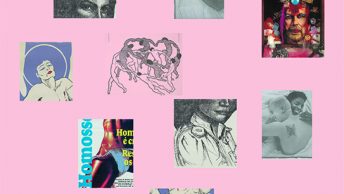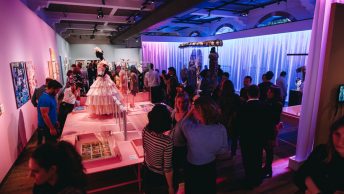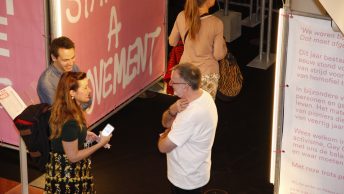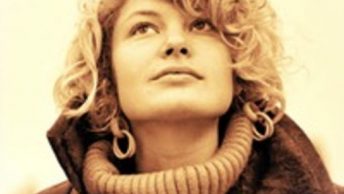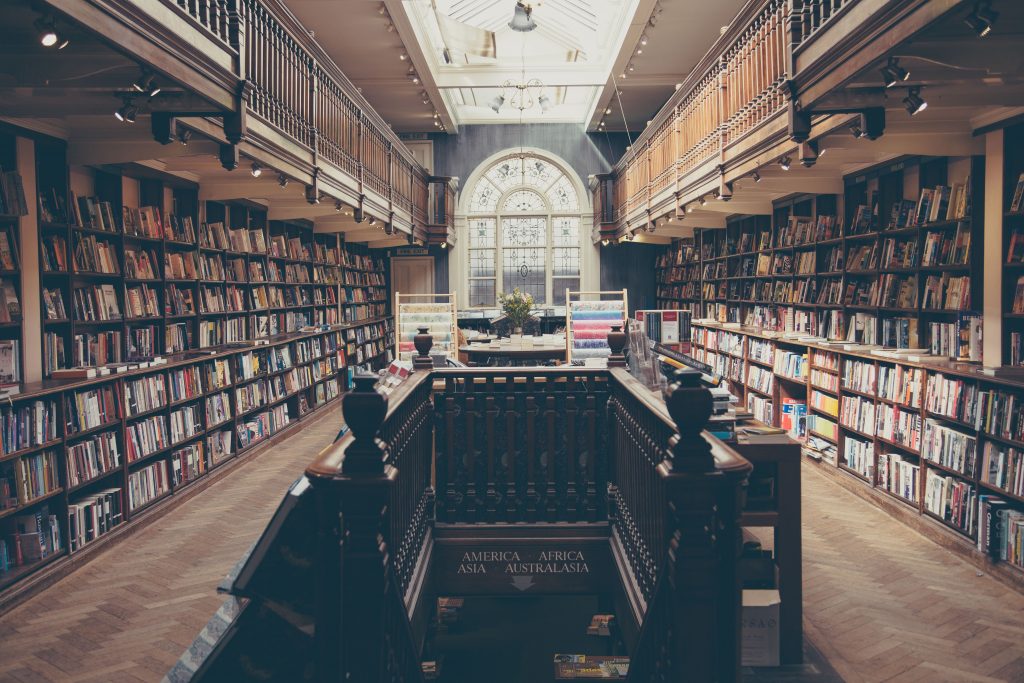
Involving local and marginalised communities, including different audiences and encouraging visitor participation are increasingly common concepts for those carrying out work and research in the cultural sector.
Door: Nicole Moolhuijsen This article (in Italian) was first published in ARTRIBUNE 12 January 2020
These issues challenge the traditional canon of cultural production and require important rethinking and change in terms of mentality, management and governance. In fact, the attempt to respond to these issues with short-term temporary activities (such as an event at the museum, an improvised membership, the one-day hackathon) has often a limited impact on the way of thinking and managing an institution.
Despite the high level of hit and run tourism, the city of Amsterdam is a proactive context to consider the complexity of the processes of inclusion of various local communities in the cultural sector. My research perspective looks at gender diversity and sexuality, but the considerations can be extended to the representation of different groups, or points of view, which tend to be considered irrelevant to narrate the past and to understand the present.
In line with a queer methodology, I think it is interesting to consider the system of cultural production in search of mechanisms of subversion of hierarchies aimed at generating civically and politically conscious actions.
The new narratives project
An example in this sense is the New Narratives project, with which several museums in Amsterdam are raising questions about the neglected points of view in the official narratives, which are nevertheless fundamental for understanding the social context in which heritage organisations operate, both in the past and present.
The Dutch Masters Revisited exhibition, at the Hermitage Museum in Amsterdam, is an example of this and the first label encountered in the exhibition describes the intent of the project: to reflect on the partial nature that characterises the representation policies in museums and, in this specific case, on the lack of depictions of people of color in 17th century portraiture. The textual materials accompanying the works therefore deal with the theme of socio-cultural diversity which is absent in the works (evidently only people of a certain social rank could afford to commission portraits), but which is important in order to understand the period under consideration, as well as the multicultural aspect of Amsterdam.
Through this temporary exhibit within the permanent display, stories of people of color who really existed are integrated and are given visibility through texts that tell their life and images of contemporary characters who have been asked to pose as figures of the past.
The resulting visual effect is disruptive: a room in a historic setting where contemporary large format photographs are juxtaposed to the works. But above all it is the symbolic significance of this operation that conveys a strong message. Black on white, even figuratively, it is clear that what is collected and told in museums reflects the hierarchies of power and neglects the diversity of the context in which they are inserted. Hence the idea of promoting critical reflections on what is represented and for the benefit of which social groups leads to the desire of involving citizens to include new perspectives, both at the research level (collaboratively updating the catalog cards) and in the exhibition narratives, through new labels.
Within the New Narratives project, the Amsterdam museum experiments with participatory methods telling the story of the city and dedicating various sections of the exhibition (as well as the programming of activities) to LGBTQIA + themes.
As part of a training and research path that I am carrying out in the Netherlands, I participated in an LGBT tour in this institution which aims to give visibility and new voices to the connections between the collection and the history of the city’s queer community. This aspect of the project is organised together with a volunteer from the institution and the atmosphere of the visit is friendly and engaging. We reflect on concepts of masculinity and femininity in the present and in history, where portraits of famous heterosexual and Christian couples become the starting point for reasoning about these issues in relation to religion and the change of values over time.
In front of a model from the municipality of Amsterdam, we discuss the punishments inflicted on men and women in the event of a crime, while in the section dedicated to the Holocaust, the implications of the pink triangle attributed to people suspected of being homosexual in concentration camps are discussed. It is clear that adding, or including, a queer perspective to the museum’s narratives is a matter of choices and not of intrinsic meaning of the collection. It is a matter of will and taking responsibility, as well as position, with respect to the idea of conceiving a museum and a cultural institution (the same reasoning applies in fact to libraries and archives) as bodies produced by different communities and at the service of these.
Including citizens in the processes of collecting memory serves to amplify the meanings of material culture and keep them alive. In contemporary museology, a collection should no longer be called ‘permanent’ since the meanings that make it up are constantly evolving. Admitting the partiality of gaze of the staff of a museum, usually declined in the tendency to inscribe the meaning of an object in a disciplinary context, is perhaps the first step towards the construction of more inclusive cultural practices.
And here the representatives of the Jewish community are invited to the LGBTQ tour, with the intent to open the discussion on what contents should be added to the collection (both at the level of possible purchases and presentation) to represent a fundamental minority to understand the city. The perspective of confrontation is intersectional, that is, it considers the mechanisms of inclusion and exclusion of multiple identities; in this case the Jewish LGBTQ community.
Dialogue and participation
What strikes me is the willingness of the staff to question themselves with open doors, since the event is open to the public, and the conversations demonstrate that ‘the experts’ are the invited representatives, not the museum. It is clear how a perspective of listening, consultation and collaboration is essential to add knowledge to the museum. This action, moreover, is part of a broader strategy which sees the museum committed to reflecting on the topic of inclusion at 360 ° and taking all kind of actions ranging from consulting different communities to updating the catalogue to revising the acquisition and presentation policies of the objects.
These therefore go well beyond organising temporary activities for different audiences, but leave an impact in the organisation’s DNA. Stories related to the LGBTQ community therefore live in the updated archive of the museum, in a dedicated online site (where it is possible to constantly add content), in the exhibition’s label and in the points of view of volunteers and citizens who are usually invited to add perspectives and meaning to objects.
In this way, the community that you intend to reach is firstly above all considered as a carrier of knowledge that is necessary to develop your institution in terms of social relevance in the medium-long term, than only an audience segment interesting to bring into the museum once in a while. In the current cultural debate too often we talk about community and audience involvement in a hurried way and without thinking it deeply. It would be useful to question the implications of these concepts in depth and in relation to achieving truly democratic and collaborative ways of working with long-term strategies and visions.
Since the risk we are experiencing is that of a fast appropriation of concepts, following the flow of a growing interest in audience engagement / development neglecting the implications at a level of management and on the organisational philosophy in respect of the ethical and civic values attributed to cultural action in a given context.

